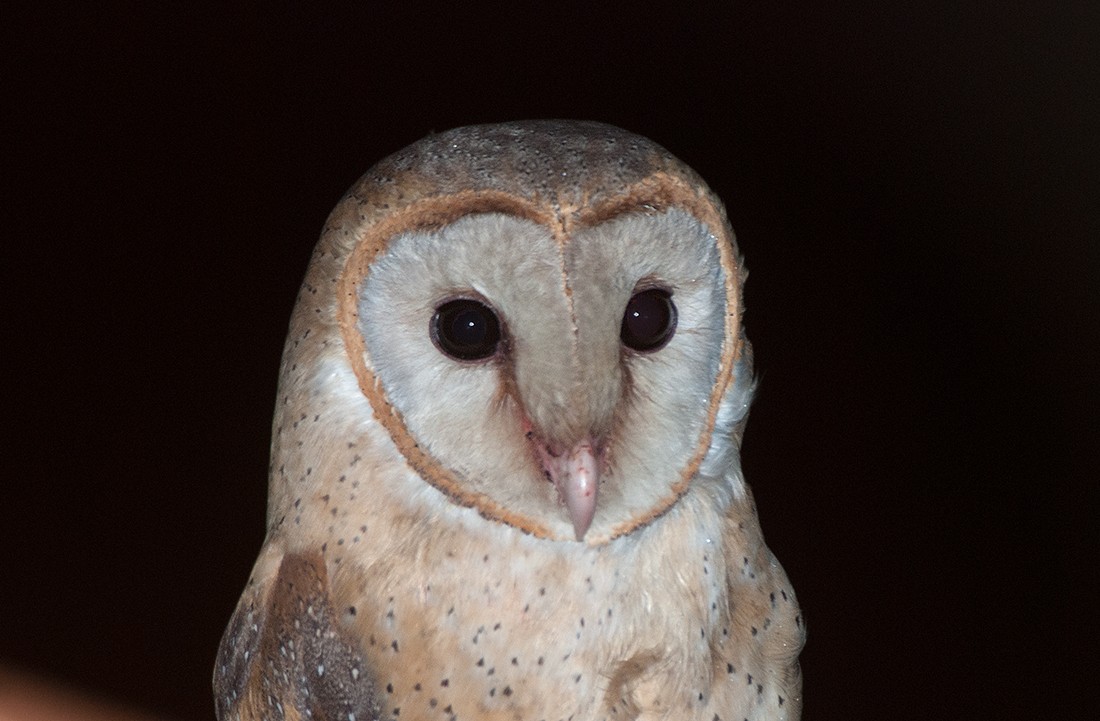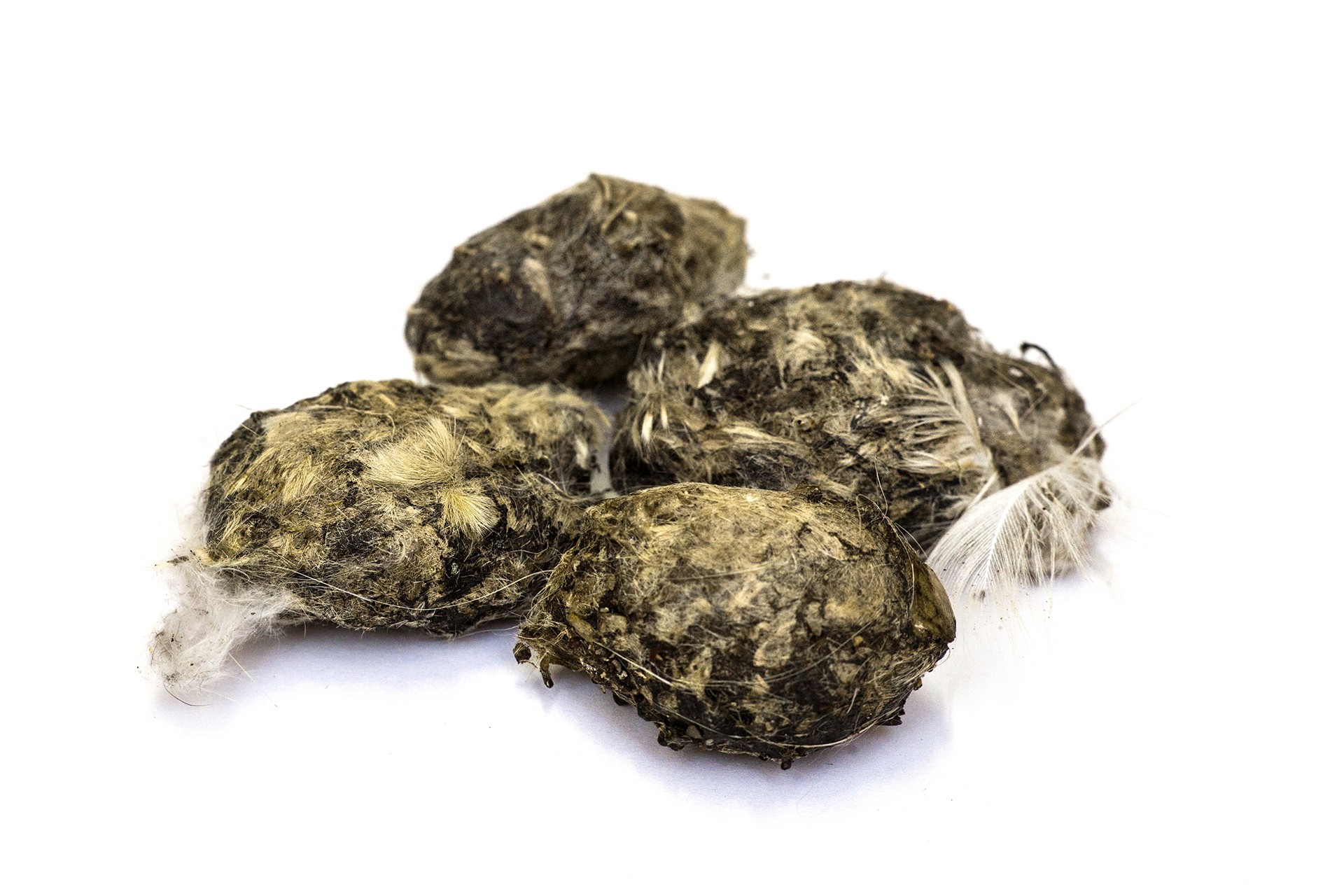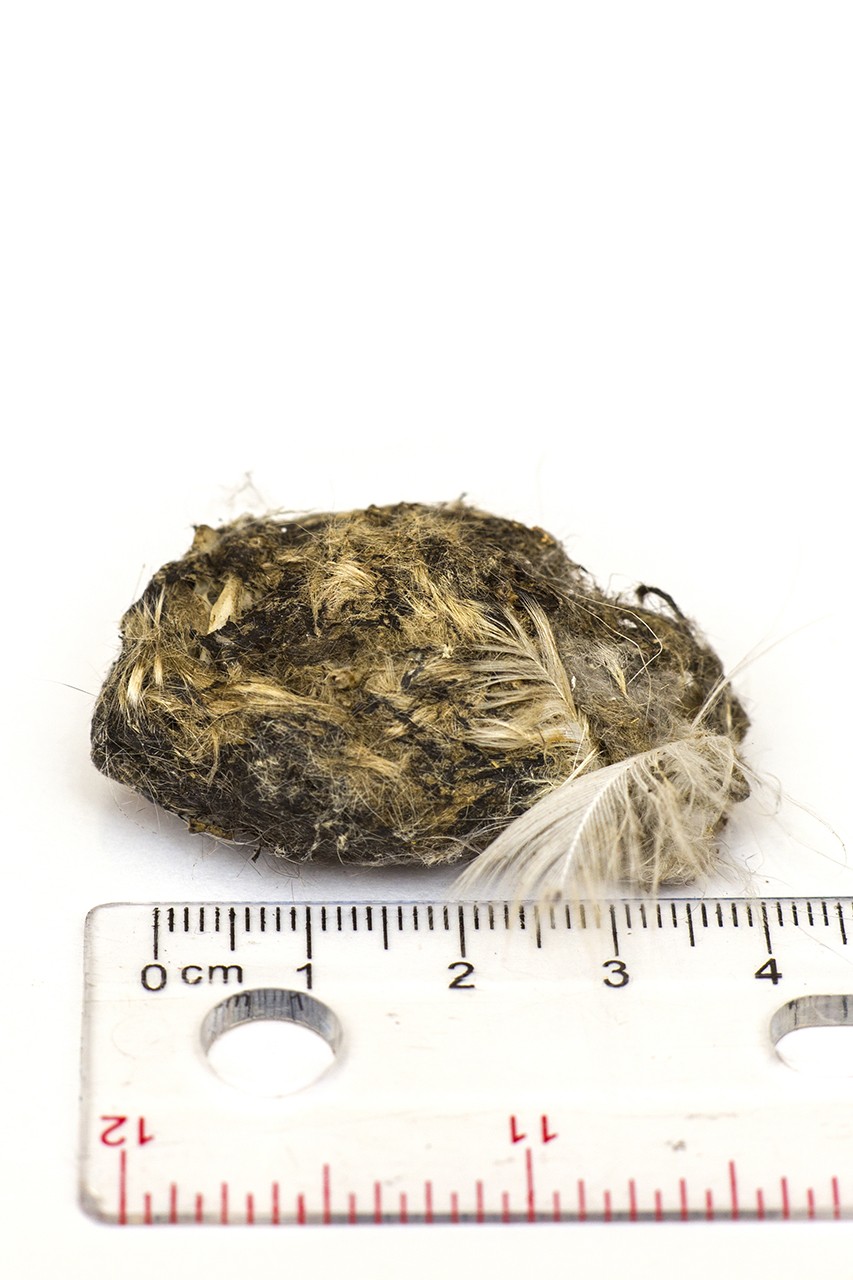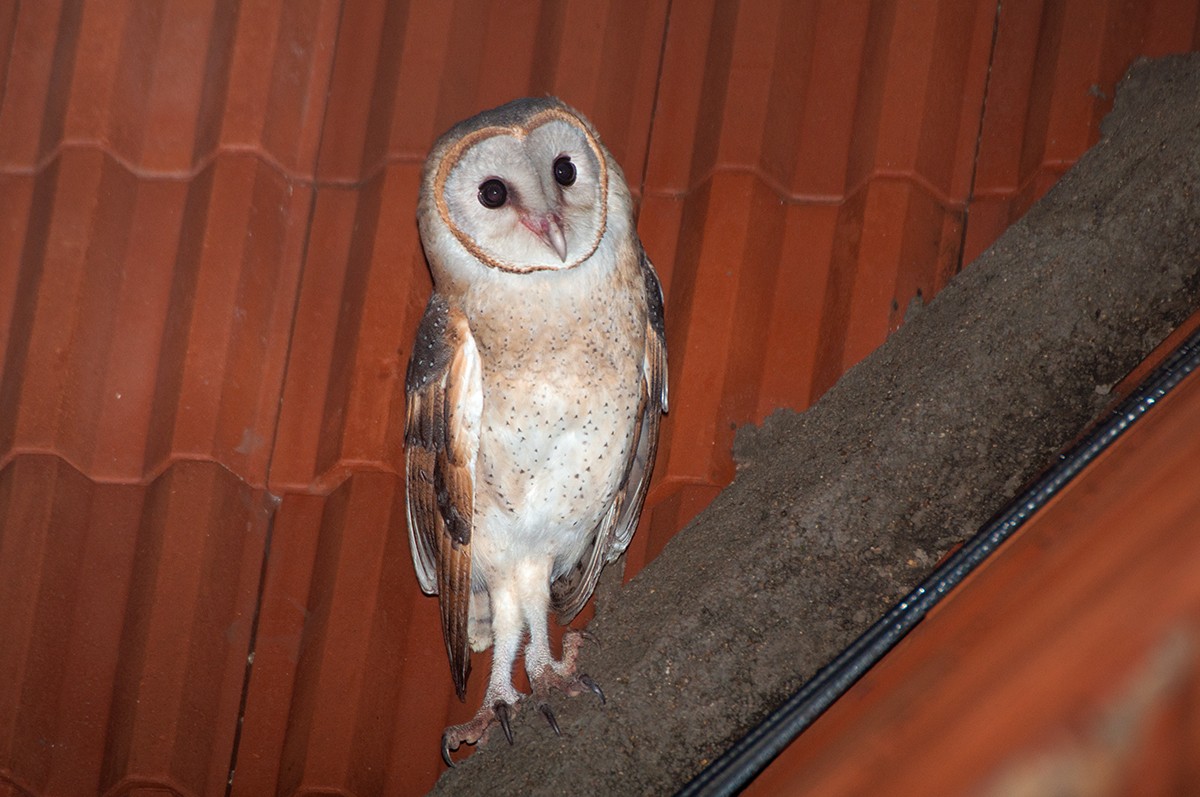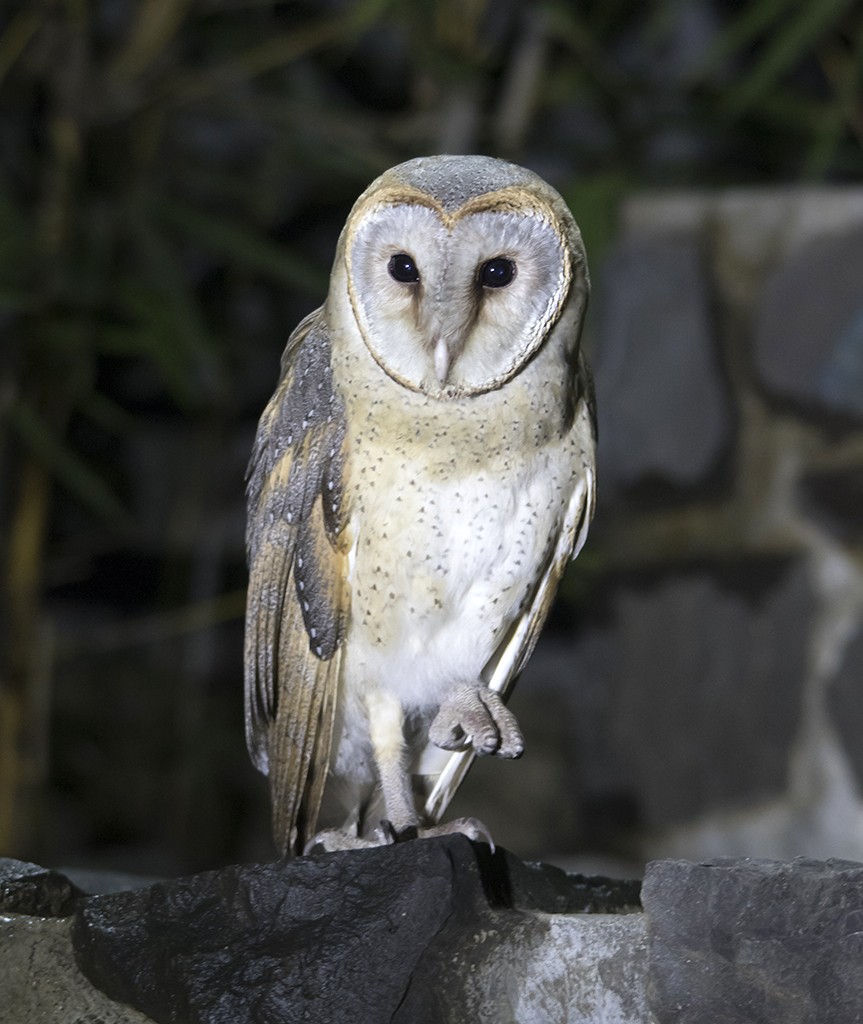Featuring heavily in fairytales, myths, and legends, owls have maintained a powerful hold over our imaginations. From Owl Jolson’s I love to Singa in 1936 to the messengers of Harry Potter’s wizarding world in 1997, they have never failed to intrigue us.
Barn Owls (Tyto alba), proud residents of Europe, Asia and Africa, are medium-sized white-coloured owls with long legs and wings, and a relatively shorter tail compared to most of their kind. They have a distinct heart-shaped facial disc, which is a collection of feathers, and, unlike many other owls, have dark eyes. They have a low tolerance to cold; hence are not found in regions with extremely low temperatures.
These owls do not have the characteristic resonant ‘woo-woo-woo’ hoot of other owls, but a screechy ‘shrrrrreeeee’ (I bet you screeched it in your head while reading!), and are more often heard, rather than seen in the wild. The harsh calls are primarily made by males to protect and mark their territories. The females utter a similar, not-so-harsh song; most notably during courtship.
Not only do Barn Owls pair for life, they also believe in strengthening their bond by indulging in aerial displays and making purring sounds before mating.
Although often strictly nocturnal, it is not uncommon for this species to be spotted flying at dusk, dawn, and, occasionally, during the day as well.
Owls' senses adapt rather uniquely to the lack of light. They are extremely efficient predators at night. They locate prey primarily through their delicate sense of hearing and the ability to see movement in very little light; swooping down swiftly and grabbing prey with their sharp talons. They hunt rodents and can take on several creatures - great or small. Owls often regurgitate undigested bones, feather and hair from their prey in the form of pellets. The colour of these pellets can help identify their most recent prey.
Barn Owls prefer the open countryside and nest in barns, but are also the only species of owls to nest in buildings and around human settlements. This, however, is not due to a lack of trees, but because of their unique interdependence on humans. Rodents thrive near human habitation due to the waste produced in households. Barn Owls prey on them, thus controlling rodent population naturally, ensuring the urban ecosystem’s good health.
Irrespective of their aura, the age-old, irrational superstition about owls being bad omens and harbingers of death is hurting their chances at survival. As a result, owls are often discriminated against and harmed. Another adverse factor is habitat loss. Rapid development is destroying rodent population and threatening the survival of owls by eliminating their food source.
Human perception of owls needs to change drastically. We need to realise that all creatures have a role to play in the ecological system and that disturbing this delicate balance would harm us considerably in the long run.
If you find a bird in distress, do not attempt to pick it up or handle it; you might end up injuring it even more. Inform the Police Department and the local Forest Department simultaneously, since they are in charge of all wildlife-related issues. Here is a list of of organisations that might also be able to help:
New Delhi - Wildlife SOS
Kolkata - West Bengal Forest Department
Mumbai - The Bombay Society for the Prevention of Cruelty to Animals
Bengaluru - Avian and Reptile Rehabilitation Trust
Chennai - Blue Cross of India
Nagpur - Wild-CER
Pune - RESQ Charitable Trust
Guest Editor Diaries: Of Ants And Owls - Eight-year-old Guest Editor Sachit Nandan Anand assigns stories to the NiF team.
How I Fell In Love With Nature - Eight-year-old Guest Editor Sachit Nandan Anand tells us how a trip to Coorg got him fascinated with all creatures big and small.
Hoot! Honey, I Found An Ant! - Bijal Vachharajani gives us a booklist to read up on ants, bees and owls.
When The Ants Go Marching In - Karthikeyan Srinivasan talks to us about ants and bees and how they play a crucial role in keeping humans from extinction.
Check out more stories on our Young Tusks page.
